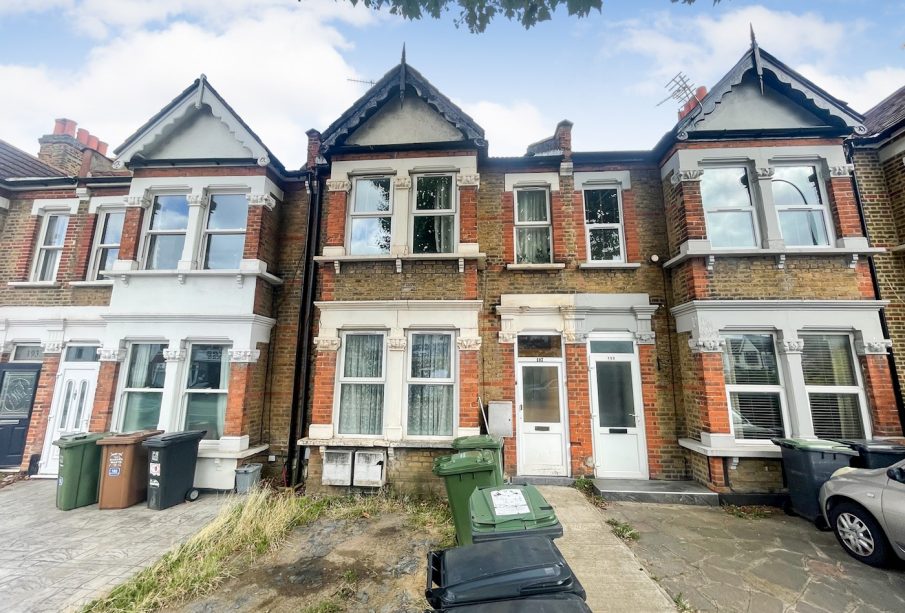The Vibrant Neighbourhood of Catford: History and Community

Introduction to Catford
Catford, located in the London Borough of Lewisham, has recently gained attention as a vibrant area that harmoniously blends rich history and modern developments. Once a quiet village, Catford has transformed into a bustling hub, attracting new residents and visitors alike. This article explores the importance of Catford, focusing on its cultural significance, community initiatives, and ongoing developments that enhance its appeal.
Historical Background
The history of Catford dates back to Roman times, with its name deriving from ‘cattle ford,’ reflecting its origins as a crossing point for livestock. The area began to develop significantly in the mid-19th century with the arrival of the railway, which accelerated its growth as a residential area. Today, many historical landmarks, such as the Catford Broadway Theatre and the iconic Catford Cat statue, stand as testaments to the area’s rich heritage.
Recent Developments
In recent years, Catford has seen a wave of regeneration aimed at revitalising the area. New housing projects, like the Catford Town Centre redevelopment, aim to bring affordable housing while enhancing local amenities. The efforts also include creating public spaces that encourage community engagement. Furthermore, local businesses are thriving, adding to the diverse landscape of shops and eateries that cater to various tastes and preferences.
Community Spirit and Culture
At the heart of Catford lies a strong sense of community. With numerous events throughout the year, such as the Catford Carnival and local markets, residents come together to celebrate their neighbourhood’s diversity and creativity. The Catford Arts Programme showcases local talent, with exhibitions, performances, and workshops aimed at fostering artistic expression and community involvement.
Challenges and the Future
Despite its growth and revitalisation, Catford faces challenges, including issues related to housing affordability and the preservation of its unique character amidst modernisation. However, ongoing community dialogues aim to address these concerns, ensuring that both long-term residents and newcomers can find a place in Catford. As the area continues to evolve, it remains a microcosm of London’s broader dynamics, balancing development with the preservation of its unique identity.
Conclusion
Catford stands as a testament to London’s ever-changing landscape, embodying a blend of history, culture, and community spirit. As it progresses through its current developments, Catford is poised to not only enhance its position within the capital but also continue thriving as a vibrant community for years to come. Whether you are a long-standing resident or a first-time visitor, Catford’s charm and resilience offer something for everyone.









